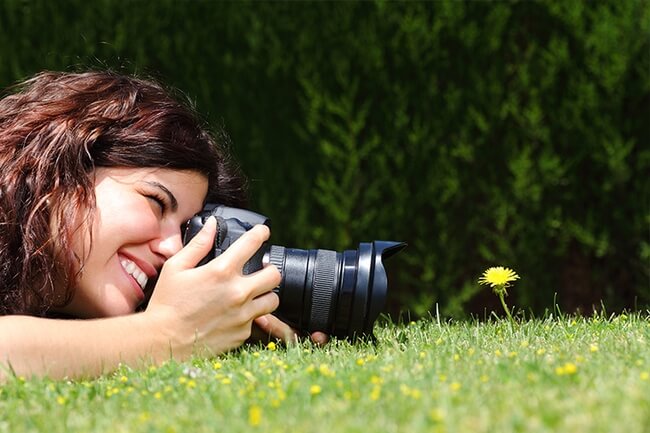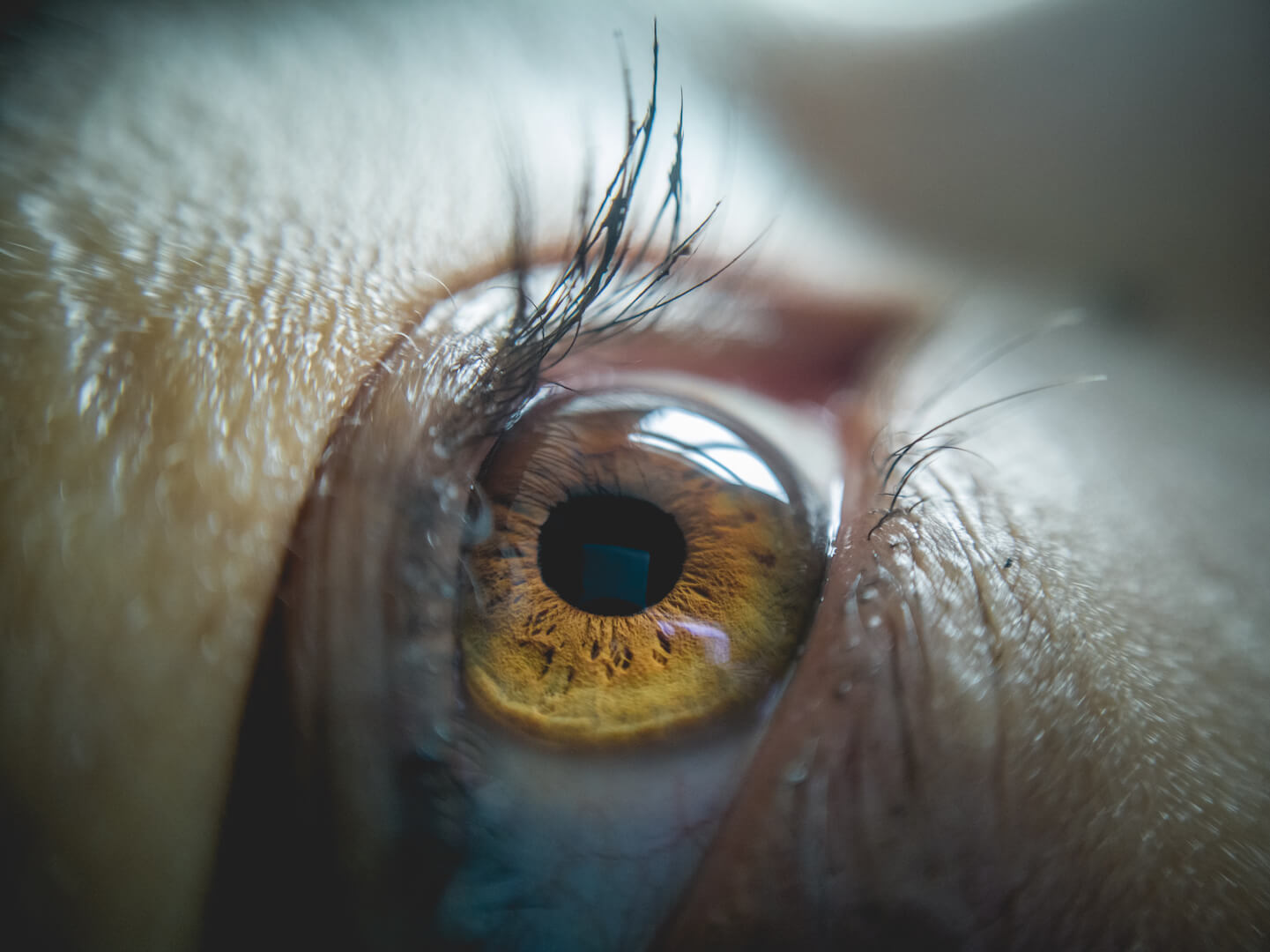Exploring the World of Macro Photography
If you are considering taking up a hobby that involves capturing life-size images, then you should consider trying out macro photography. It may seem like a daunting task, but with the right equipment and knowledge, you can succeed.
Table of contents
What is Macro Photography?
Macro photography is a technique of taking pictures of smaller objects. This can include insects, plants, and other tiny living things. It’s a great way to explore the world and see fine details that are often overlooked.
While macro photography is not difficult to master, there are a few things to keep in mind when you want to get started. One of these is to consider the lighting. If the weather is too bright, you may find it hard to take sharp pictures. On the other hand, overcast conditions are ideal for shooting macro photos.

The next thing you need to consider is the size of the subject. When you’re working with something as small as a bee, you need to be as close as possible. That means you need a lens with a magnification of one.
Getting the right angle is also key. A common technique is to stand at 45 degrees to the subject. However, you might want to try other angles to make your shot more interesting.
Another thing to think about is the camera’s aperture and depth of field. Both play a role in making your macro photos look good. You can also use an off-camera flash to solve the lighting problem.
Using a ring flash is a popular suggestion for newbies. Ring flashes allow for faster shutter speeds and smaller apertures.
Equipment and Settings
Macro photography is an art that requires special equipment and settings to capture the smallest objects. There are also some digital tricks that can be used to add to the overall quality of a macro shot.
A tripod is a must-have for any macro photographer. It helps stabilize the camera and prevents blurry images. If your subject is moving, it’s important to use a remote shutter release to get the perfect shot.
Stacking photos is a great way to get more depth of field. In order to achieve this effect, you need to take a series of nearly identical photos at different focal points.

Using a flash diffuser is a good technique for softening the light in your image. You can either hit the flash against a whiteboard or other diffusion surface, or ask someone to hold the plant or other object you’re photographing steady.
A macro ring light is another option to help you with your macro photography. This simple, inexpensive light fits over the lens and counteracts the narrow aperture setting required for macro photography.
Another useful accessory for macro photography is a focusing rail. These rails allow fine focus adjustments. They are especially useful for capturing extremely close subjects.
A bellows unit is also a must-have for macro photography. They are large, heavy, and allow continuous magnification.
Techniques and Tips for Macro Photography
Macro photography is a special kind of photography that involves capturing small objects or subjects in a big way. This is done by using a camera with a close focusing lens, along with a tripod. The technique can be used to capture a small object in great detail, which can be interesting for both photographers and viewers.
There are many different techniques to create a great macro photo. Some of them involve the use of a flash. You can diffuse the light to avoid harsh shadows on the subject, or you can bounce the flash off a whiteboard or other diffusion surface.

Another great technique is focus bracketing. With a focus bracket, you can take a series of photos and choose the best one to use in the final image.
One other good technique is the Golden Ratio. It’s a mathematical formula that can help you make a better macro photograph. Choosing the right combination of aperture, ISO, and shutter speed is an important part of creating a good image.
A macro photographer must also pay attention to the background. If the subject moves, it can affect the angle of the shot. Using a remote shutter release can prevent this problem.
You should also try to experiment with various angles and compositions. It’s a fun and rewarding hobby.
Important Components for Macro Abstract Photography

Macro abstract photography explores the intricacies of subjects, uncovering patterns, textures and colors. To excel in this genre you’ll need a lens, for close up shots a reliable tripod for stability, external flashes or diffusers to control lighting and a focus rail for precise adjustments. The artistic aspect lies in the composition itself highlighting elements such, as lines, shapes and patterns.
Are Mirrorless Cameras Good for Macro Photography?

Mirrorless cameras have become quite popular, for taking up shots of subjects also known as macro photography. People love them because they’re lightweight and have features like view and focus peaking that help capture even the tiniest details.
Another great thing, about these cameras is their ability to use lenses, including macro lenses if you have the right adapter.. Lets not forget about the viewfinder (EVF) which provides a digital display to assist with precise focusing especially when shooting macro photographs.
Best Settings for Macro Photography

When it comes to macro photography the settings you choose are crucial, in capturing the essence of your subject. Aim for an aperture setting, between f/8 and f/16 as this will strike a good balance between depth of field and sharpness.
To avoid any blurriness caused by movement make sure your shutter speed is fast enough while keeping the ISO low to minimize any noise.
In photography it’s often more reliable to use focus rather than relying on autofocus due to the close proximity, to subjects. Additionally using a flash can help bring out detail and enhance the illumination of your photos.
If you are thinking of starting macro photography, you can reach the most suitable cameras by clicking here.
You may also like: Getting the most out of your polaroid camera… Click here for read..





